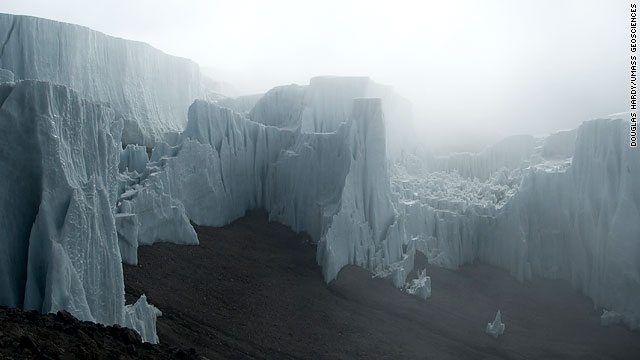 This map shows observation minus reanalysis (OMR) trends in the continental United States from 1979-2003. The trends are associated with land use and land-use changes. Researchers from Purdue and the universities of Colorado and Maryland conducted a study that showed land use can affect surface temperatures locally and regionally. Units are in degrees Celsius per decade. (Image courtesy of Souleymane Fall) - click to enlarge
This map shows observation minus reanalysis (OMR) trends in the continental United States from 1979-2003. The trends are associated with land use and land-use changes. Researchers from Purdue and the universities of Colorado and Maryland conducted a study that showed land use can affect surface temperatures locally and regionally. Units are in degrees Celsius per decade. (Image courtesy of Souleymane Fall) - click to enlargeFrom Watts Up With That?
Researchers say regional surface temperatures can be affected by land use, suggesting that local and regional strategies, such as creating green spaces and buffer zones in and around urban areas, could be a tool in addressing climate change.
A study by researchers from Purdue University and the universities of Colorado and Maryland concluded that greener land cover contributes to cooler temperatures, and almost any other change leads to warmer temperatures.
Read more ....

















